Customers around the world are increasingly appreciating the importance of healthy smoothies. This realization is evident in exercising more and eating better. A vital element of this new health plan is smoothies. People love the versatility and flavors of healthy smoothies, boosting the smoothie maker market.
Although this interest began years ago, it is still relevant. Retailers can benefit from the continued need to be healthy by stocking smoothie makers like single-serve blenders, countertops, and handheld and portable personal blenders.
Table of Contents
Smoothie maker market growth
What to look for when buying blenders
Choosing smoothie makers for specific markets
Final words
Smoothie maker market growth
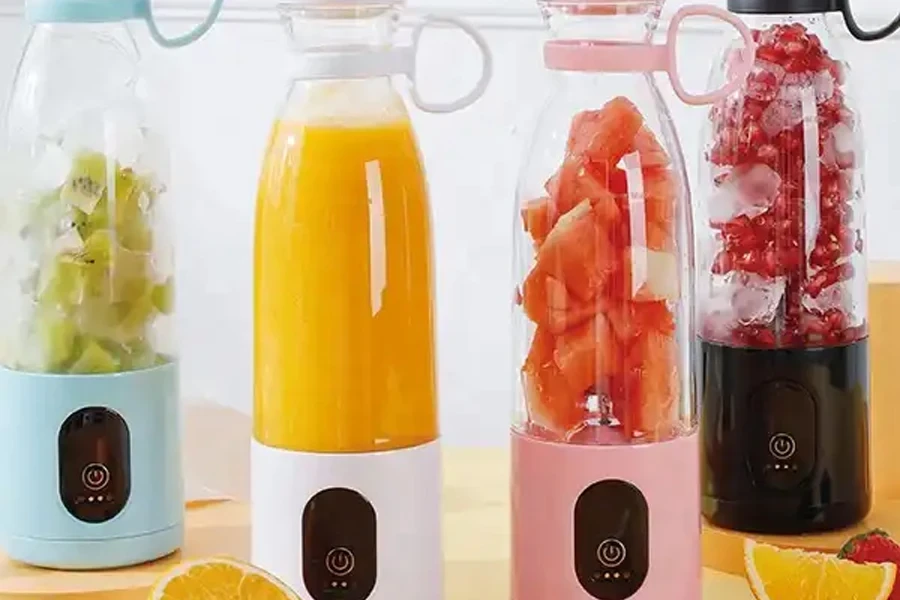
Blenders are electric appliances used in the kitchen to blend, mix, and puree food. These mixers are popular in homes and commercial institutions. Due to their popularity, Fact Market Research conducted a global study to determine the value of the blender market.
The study results show that this market was valued at USD 2.9 billion in 2023, with a predicted compound annual growth rate (CAGR) of 4.8% until 2033. At that stage, the value of this market will rise to about USD 4.64 billion.
Keyword search data
Google Ads shows the following global data for various similar keyword searches from July to December 2023:
- Smoothie makers: 135,000 to 165,000, a 22.22% increase.
- Blenders: 3,350,000 to 4,090,000, 22.08% increase.
- Nutribullets: 550,000 to 823,000, 49.63% increase.
- BlendJets: 165,000 to 201,000, a 21.81% increase.
Customers are drawn to smoothie makers for health and travel (convenience and portability) reasons. Additionally, customers look for certain qualities in blenders, helping build markets that retailers can tap into.
What to look for when buying blenders
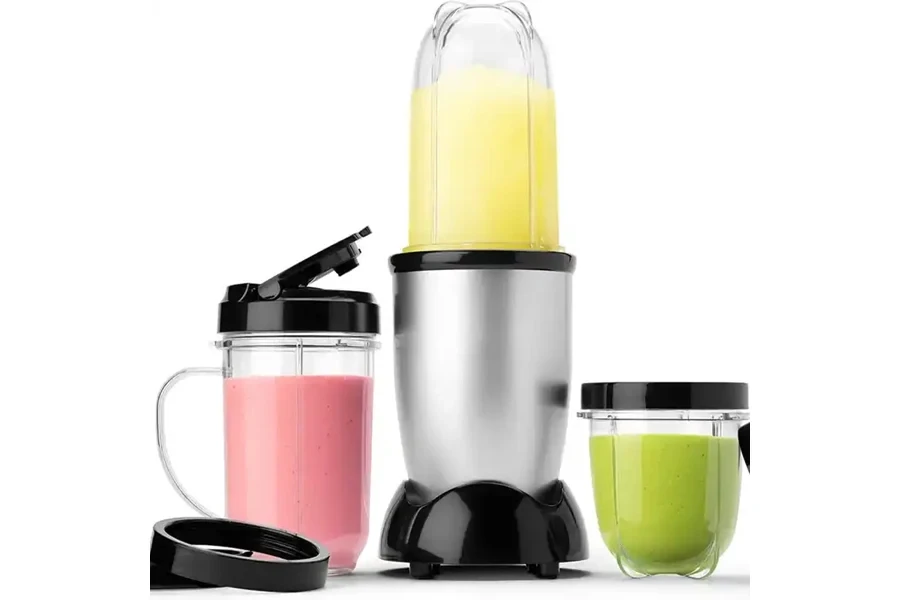
Versatility
Blenders come in many shapes, sizes, and capabilities. Some have blending jugs and mixing bowls in one appliance. Other blender types include jug blenders, handheld blenders that can be inserted directly into containers to mix food, smoothie makers like Nutribullets, and small portable blenders. These appliances can make smoothies, but each offers its own level of versatility, often with several speed settings.
Blender materials
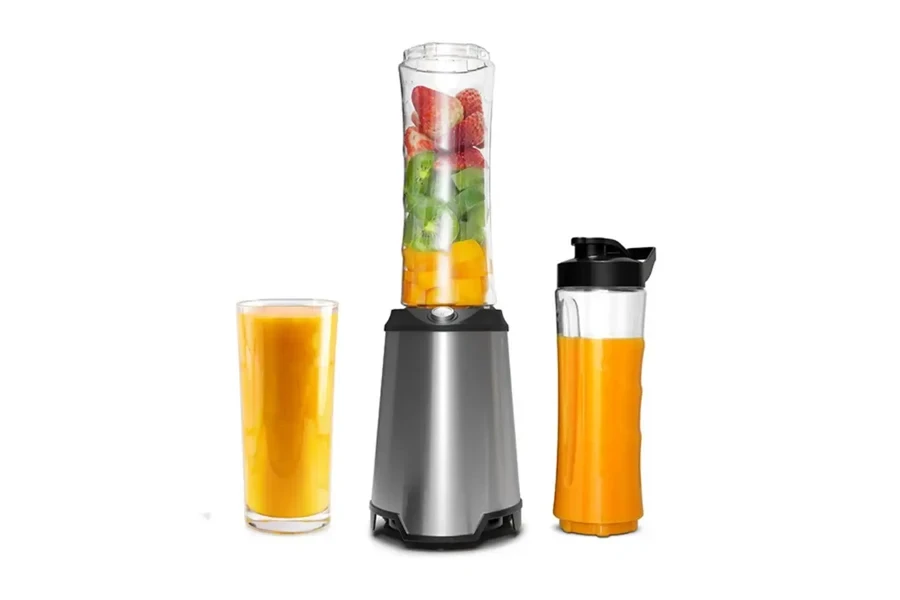
BPA-free food-safe plastic: Following the health trend, customers want natural products and non-toxic materials. Retailers should check that plastic blenders are free of harmful Bisphenol A (BPA) to meet customer health expectations. Similarly, retailers should ensure that other options marketed as BPA-free are not toxic either. With plastic blenders topping sales due to the portability and convenience of small blenders, it is critical to consider the food-safe factor when stocking up on these products.
Glass: Any blender made with glass jugs is healthy and an excellent option for countertop smoothie makers. Still, glass blenders are breakable and less easily portable than their plastic counterparts. However, health-conscious homeowners and business owners still value food-safe glass and its low environmental impact.
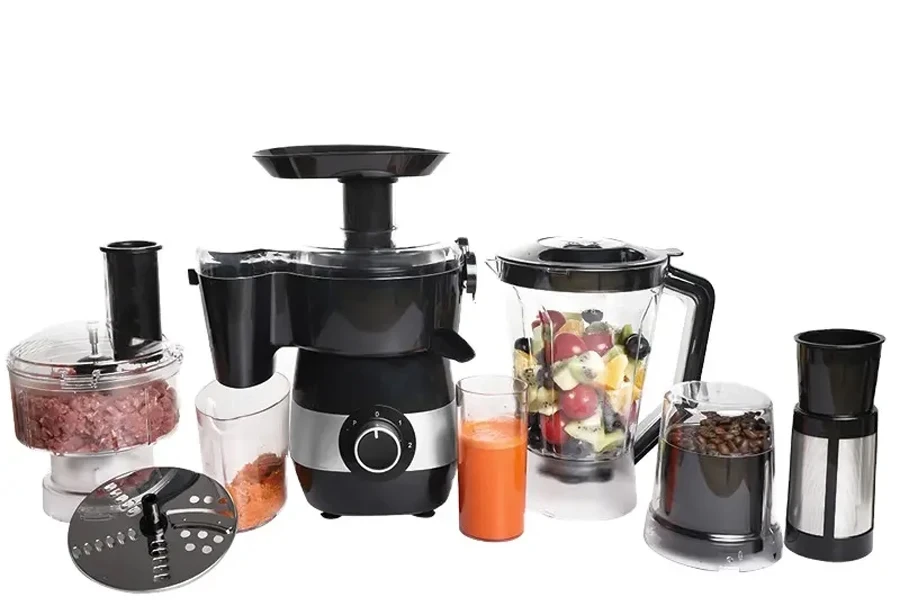
Stainless steel: Stainless steel is safe for humans, so customers appreciate healthful options. The upside is that many portable blenders are made from stainless steel, which makes them easy and convenient to transport and use on the go.
Blender sizes
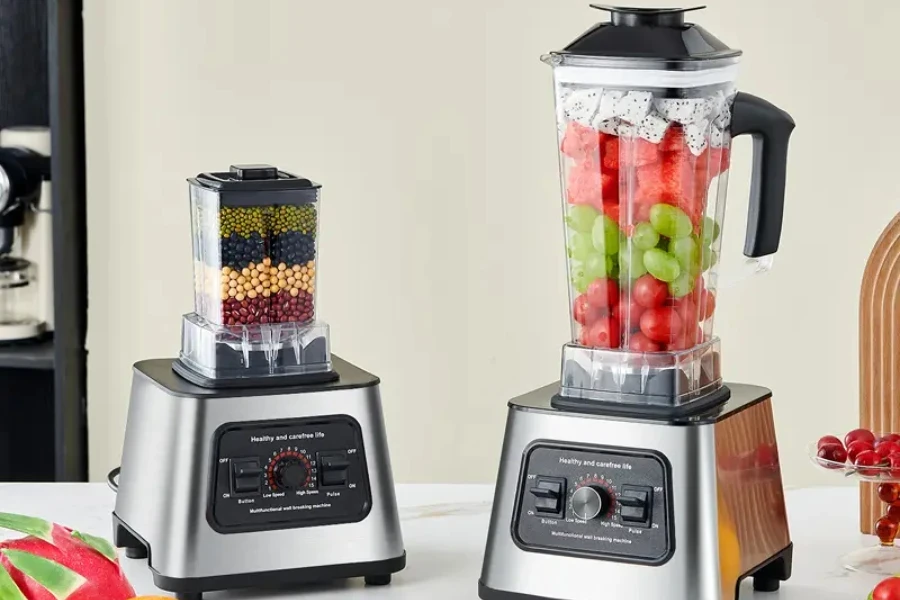
Smoothie blender sizes fit into two categories: motor size and physical size. Regarding engine size, smoothie makers typically have motors that produce 200 to 1,000 watts of power. The higher the number, the stronger the motor, and the quicker and more efficiently the blender blades can puree your smoothie ingredients. Moreover, these blender types are mostly electric or have USB rechargeable capabilities. Some even operate with batteries.
Smoothie makers with 200-watt motors are less effective at liquefying fruits and vegetables that are not finely chopped. This motor is also basic and unlikely to have a long lifespan, so it is suitable for customers who enjoy its portability and are okay with replacing the product regularly.
In contrast, a blender with a 300-watt motor or more will typically produce a good blend. Products in the medium to upper 700-watt range can blend just about anything. Those in the 1,000-watt range are powerful blenders that can quickly liquefy and pulverize ice cubes, leafy greens, fruits, nuts, and just about any other food item.
Blender sizes range from about eight oz. (250 ml) containers up to about 68 oz. (2 liters) and more for commercial products.
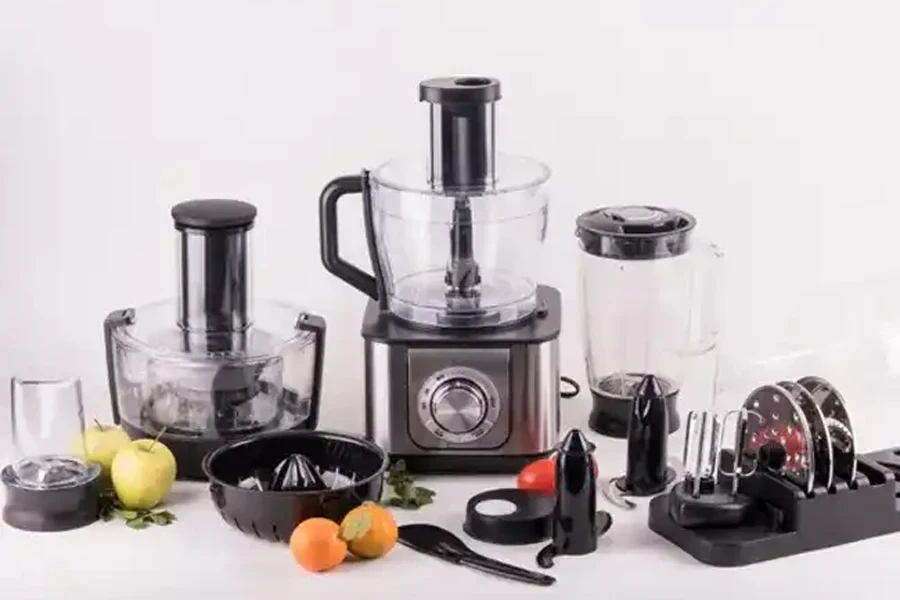
Energy-efficient smoothie makers
Governments worldwide support energy efficiency, which also applies to home and kitchen appliances. Retailers should check whether smoothie makers have the U.S. ENERGY STAR or similar energy-efficient ratings that conform to progressive appliance standards to help boost sales. Six countries (Australia, Canada, Japan, New Zealand, Switzerland, and Taiwan) recognized the ENERGY STAR rating in 2020.
Energy savings certifications and labels vary across countries, which is essential information for buyers to consider for specific markets. For instance, India uses the Star Label, Japan uses the Top Runner Programme, and countries like South Africa, Australia, New Zealand, and nearby islands use minimum energy performance standards (MEPS) and unique labels to identify energy-saving appliances.
The U.K. uses an A to G rating or an A+ to A+++ (older rating) on appliances, with a downloadable guide for buyers in this market, like European Union countries. Similarly, China and many trade partners use the China Energy Label (CEL) to identify products with energy-saving features.
Choosing smoothie makers for specific markets
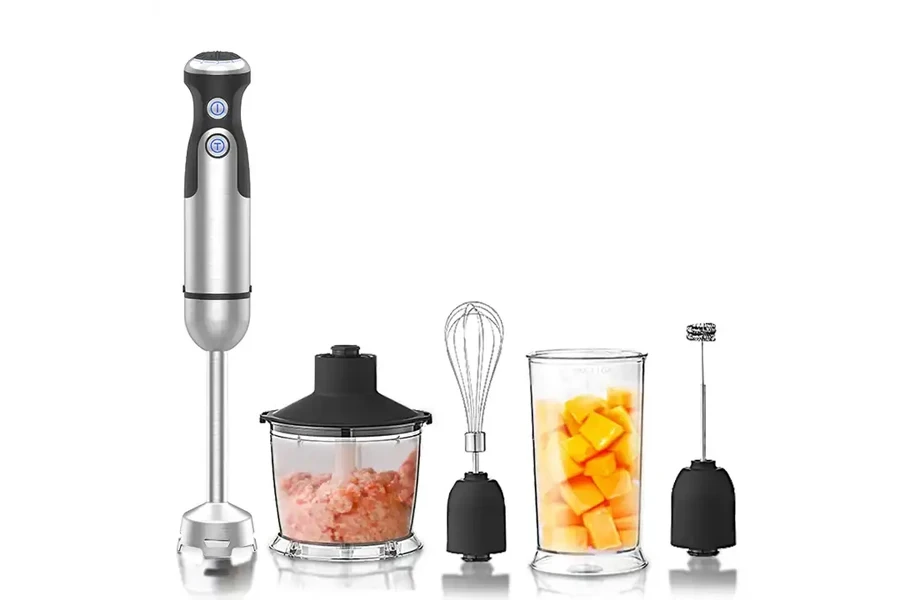
Portable smoothie makers are ideal for the younger market, which wants the convenience of these products. Because they’re easy to transport and use on the go, portable smoothie makers are popular with young markets.
Specialized smoothie makers like NutriBullet appeal to medium- to high-income customers who want to use the appliance primarily for health purposes. This market is also a good target for blenders made from healthy materials. Additionally, powerful motors equate to time savings, which increases convenience, so retailers can consider these features and benefits when stocking smoothie makers.
Countertop appliances with jugs and bowls typically appeal to homes with large families. These products are more expensive than specialized smoothie makers but enjoy steady market appeal for homeowners.
Likewise, various blender speeds or jugs and engine or watt sizes make a difference to the quality, performance, and purpose of the selected product. Customers’ reasons for wanting blenders will vary based on product features, benefits, and circumstances.
Depending on the type of outlet, retailers should consider individual market preferences and sales potential of the different blender types. The more that retailers understand their customers and needs, the better they will be at making inventory choices that sell quickly.
Final words
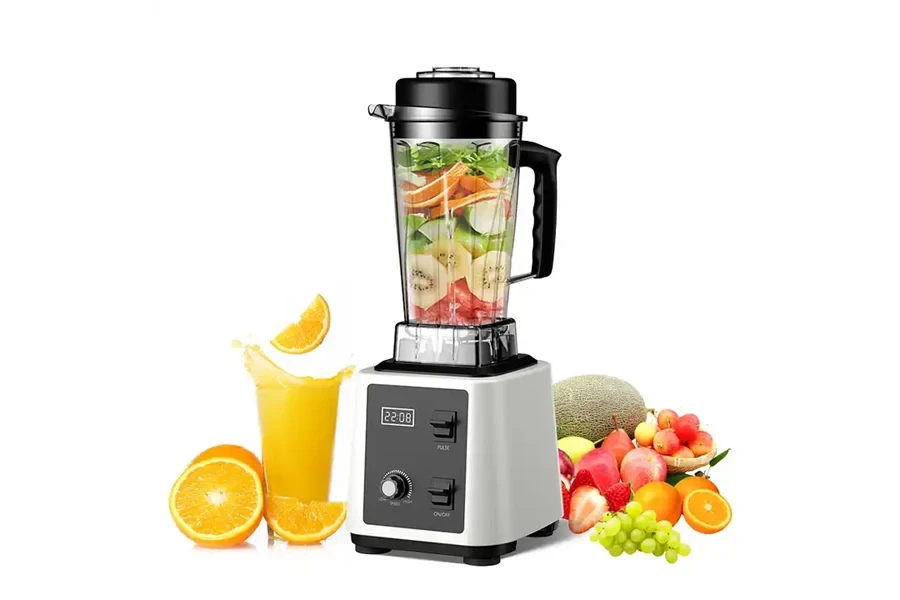
Smoothie makers have become popular household appliances due to their health benefits. Adding to these benefits, blender types are versatile, available in many materials and motor sizes, and are often energy efficient.
Retailers can consider all of these variables, along with their store sizes, to stock up on smoothie makers that will appeal to their specific markets. To help retailers build profitable inventories, they can browse the Alibaba.com store to source many vendors willing to meet their needs.




